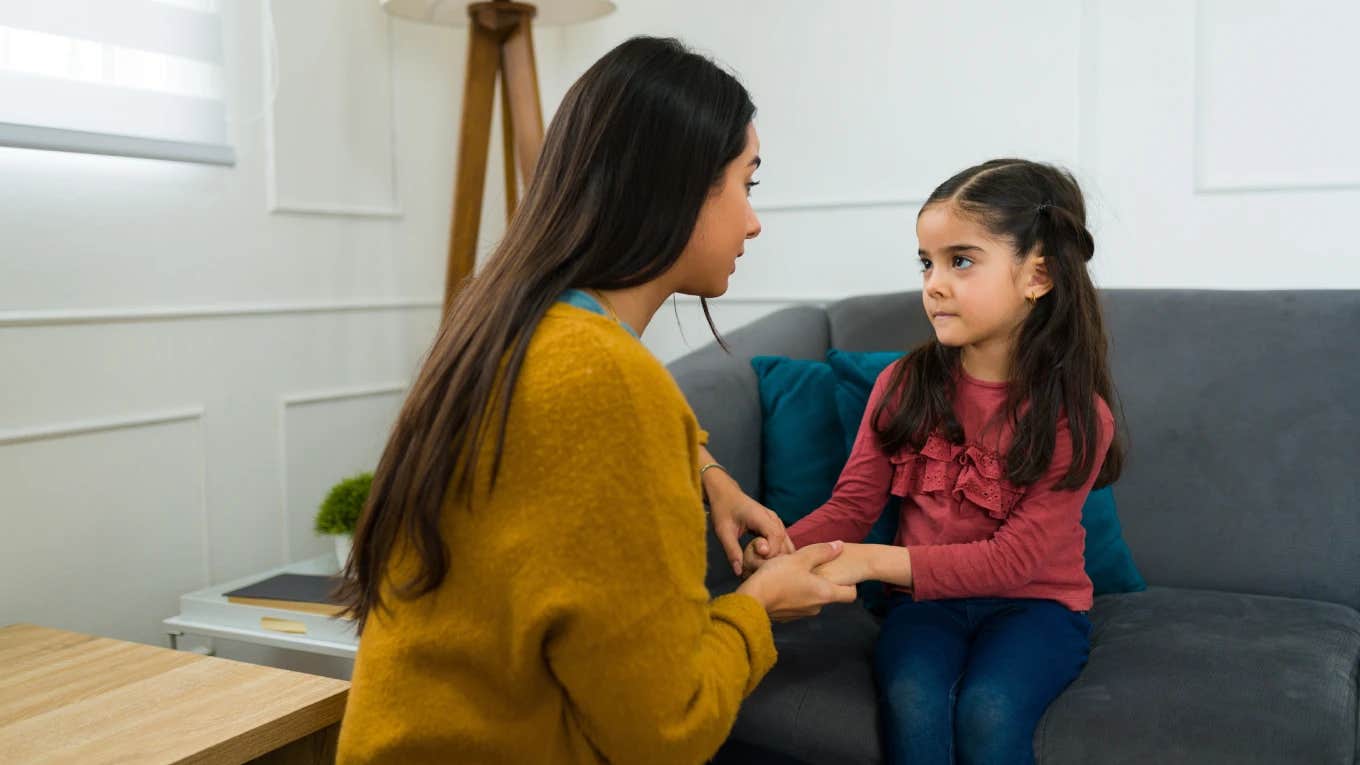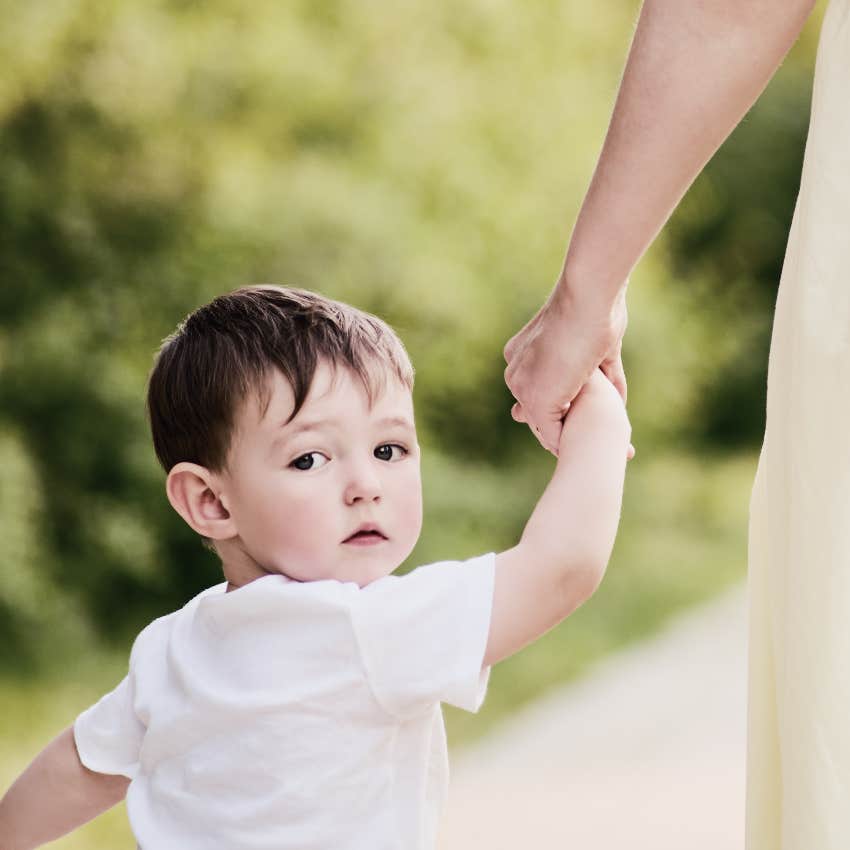Mom Explains Why She Doesn't Teach Her Children About The Importance Of 'Stranger Danger' — 'Most People Are Good People'
She insists there's a better way to teach your kids to stay safe.
 antoniodiaz | Shutterstock
antoniodiaz | Shutterstock As a child, most of us were taught by our parents about "stranger danger." We were told from a young age to be aware of our surroundings and to not trust people we don't know, as you never know who has bad intentions.
A mom on TikTok, however, has taken a different approach to safety with her kids. Instead of teaching her kids about "stranger danger" — a phenomenon she finds wildly unhelpful — the mom teaches her kids to look out for "strange behaviors."
The mom says she doesn't teach her kids to be wary of strangers.
"Here's why Dean and I don't teach our girls about strangers or stranger danger," Marcie Whalen started in her video. "While that can be healthy, and I understand where it's coming from — parents are trying to protect their kids, keep them safe — most people are good people."
She explained that as a parent, she wants her girls to be outgoing in social situations and to be able to have conversations with people they don't know. She wants her daughters to show hospitality, and not be overly wary of strangers simply because they were taught from a young age that everyone they don't know has an ulterior motive.
However, that doesn't mean she forgoes conversations about safety entirely.
Rather than 'stranger danger,' the mom tells her daughters about 'strange behavior.'
"Instead of talking about strangers, we talk about strange behavior," she explained, "because the thing is, children are most often abused or hurt by people they know, whether it's a close family member or acquaintance. It's very rarely a stranger."
She's not wrong — more than 90% of abusers are people children know, love, and trust. Thirty to forty percent of victims are abused by a family member, and 50% are abused by someone outside of the family whom they know and trust.
On top of that, the majority of child abductions are carried out by either a family member or an acquaintance, with only 25% of abductions being committed by strangers.
 Zhuravlev Andrey | Shutterstock
Zhuravlev Andrey | Shutterstock
"I want my kids to understand what strange behavior is," Whalen said. She provided a couple of examples, like being asked to keep a secret from their parents or go somewhere without their mom and dad knowing.
“My girls understand what to look for, whether it's in somebody they know really well or somebody they don't know at all,” she added. When they notice the red flags, her daughters know to immediately let their parents know.
Experts actually advise against parents teaching their kids the phrase 'stranger danger.'
During a 2017 interview with ABC News, the National Center for Missing and Exploited Children encouraged parents to stray away from telling their kids about "stranger danger."
"It’s so easy, it rhymes," Callahan Walsh, a child advocate at the National Center for Missing and Exploited Children, said. "It’s just this one phrase, blanket statement, but it really doesn’t fit all scenarios, and that’s why we want to re-think stranger danger."
Similar to what Whalen argued in her video, Walsh said the group wants to put an end to the phrase for several reasons, including the fact that a child is much more likely to be harmed by someone the child knows. He also pointed out that in an emergency situation, a child may need to ask a stranger for help, like if they got lost.
Instead, Walsh encouraged parents to teach their kids that "if they're ever approached or asked, 'help me look for a puppy' or 'help me find where I'm going,'" then that is a red flag, and "children should always be taught to say 'no' to an adult that approaches them."
Nia Tipton is a Chicago-based entertainment, news, and lifestyle writer whose work delves into modern-day issues and experiences.

